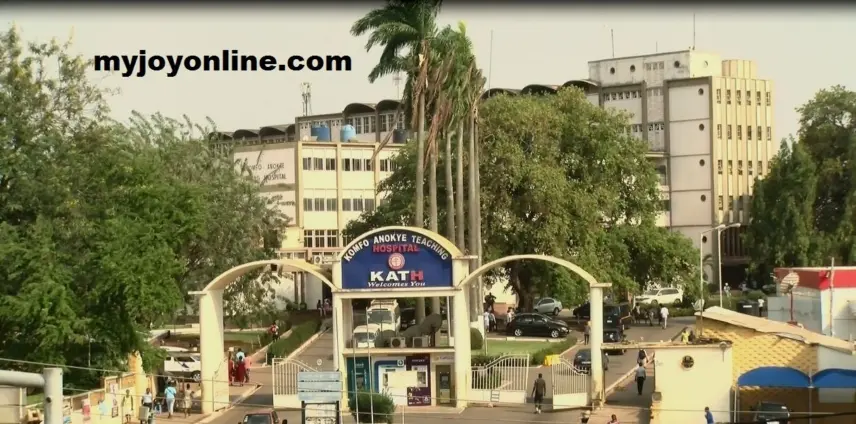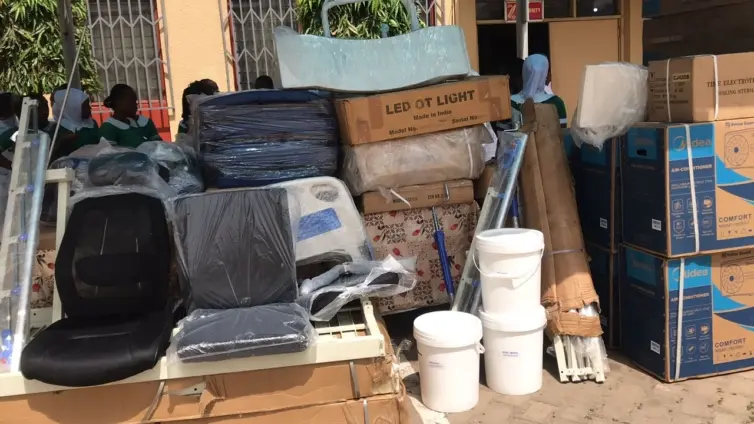In the bustling Kejetia Market in Kumasi, a vendor’s cry for help underscores a pressing reality: emergency response times can be a matter of life and death. The Ghana National Ambulance Service, tasked with bridging the gap between crisis and care, is working to improve its services, particularly in the Ashanti Region. This region, a vital hub in Ghana, is currently served by 36 operational ambulances, a figure that has dipped from an original complement of 46.
While challenges such as aging vehicles and the unfortunate toll of road accidents persist, the commitment to bolstering the fleet and enhancing emergency response remains steadfast. This article delves into the current state of the Ambulance Service Ghana in the Ashanti Region, exploring the measures being undertaken to ensure that help arrives when it’s needed most.
Current State of Ambulance Services in Ashanti Region
The Ashanti Region, a densely populated area requiring robust emergency services, currently relies on 36 operational ambulances. This represents a notable decrease from the initial disbursement of 46 vehicles, impacting the service’s ability to respond effectively across the region.
“In 2004, we started with just 3 ambulances in the Ashanti region, as we speak now, we have about 46 ambulances stations in Ashanti Region with 9 ambulances not working,” – Paemt Sommik Duut Miilon, Ashanti Regional Manager, Ghana National Ambulance Service.
Several factors contribute to the reduced number of functional ambulances. Servicing and maintenance present ongoing challenges, exacerbated by the aging machinery of the vehicles and the unfortunate occurrence of road crashes that cause significant damage.
The lifespan of an ambulance is a critical consideration. Ideally, these vehicles should not remain in service for more than five years, primarily due to the increasing difficulties associated with maintenance as they age.
“The current ambulances we are using were procured in 2020. Emergency vehicles cannot be used after a number of years. After 5 years, it becomes very difficult to maintain. That is why the percentage of functional ambulances is dropping,” – Paemt Sommik Duut Miilon.
Measures to Improve Emergency Response
Recognizing the urgent need for improvement, management is actively pursuing strategies to increase the ambulance fleet. While previous additions have fallen short of the desired 100% operational capacity, the commitment to expanding resources remains a priority.
“Management is working to make sure that we receive new fleets. We received some last year but they were not that enough to be able to give us the 100% that we expect to have.” – Paemt Sommik Duut Miilon
A core objective of the Ambulance Service Ghana is to achieve comprehensive district-level coverage, ensuring that every district across the country has access to at least one ambulance.
“With our operations, we expect every district to have an ambulance in the country,” – Paemt Sommik Duut Miilon.
Beyond simply increasing the number of ambulances, addressing maintenance and servicing challenges is crucial. This may involve implementing preventative maintenance schedules, securing increased funding for repairs, and establishing partnerships with reliable vehicle service providers.
Challenges and Future Outlook
One of the significant challenges faced by the Ambulance Service Ghana is the damage inflicted on vehicles due to road accidents. While these incidents are often unavoidable, improved road safety education and awareness campaigns could potentially mitigate the frequency and severity of such events.
Looking ahead, a well-equipped and efficiently managed Ambulance Service Ghana is undeniably vital for the well-being of the Ashanti Region’s residents. Prioritizing the acquisition of new ambulances, coupled with proactive maintenance of the existing fleet, is essential to ensuring timely and effective emergency response.
Conclusion
The Ambulance Service Ghana in the Ashanti Region faces a critical juncture. While challenges related to fleet size, maintenance, and road accidents persist, ongoing efforts to improve emergency response offer a glimmer of hope. Increasing the ambulance fleet and proactively addressing maintenance issues are paramount to ensuring optimal service delivery.
Support for initiatives aimed at enhancing emergency healthcare services in Ghana is crucial. This can involve raising awareness, advocating for increased funding, or volunteering with relevant organizations. Despite the obstacles, the Ghana Ambulance Service remains dedicated to progress, striving to provide timely and effective emergency care to all who need it.
Image Source: MYJOYONLINE





















